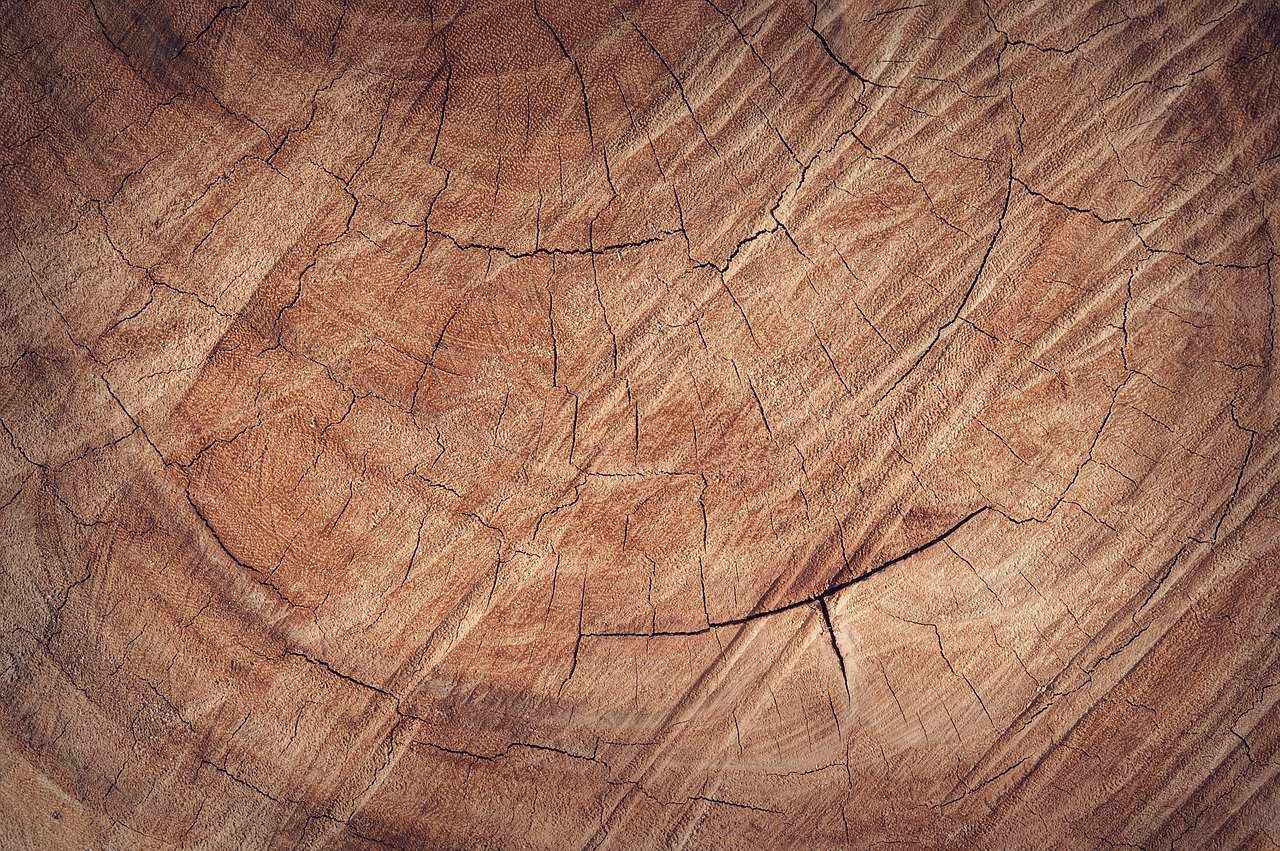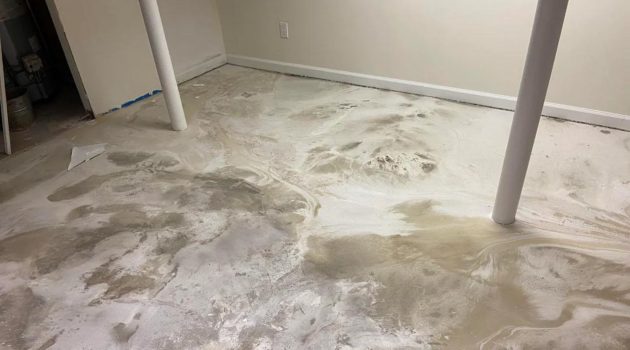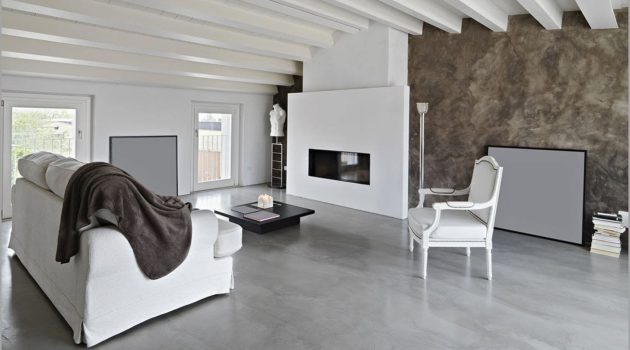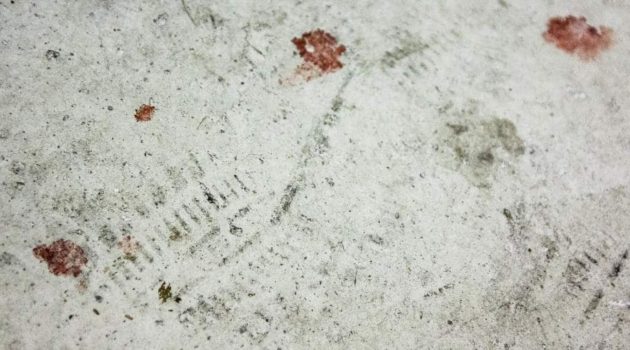Attractiveness and durability are the main reasons why hardwood flooring is so popular these days. Whether you go with traditional design or look for a more sophisticated setting, you can always find the most suitable hardwood for the flooring.
To help you decide which hardwood to pick, here are twenty types of hardwood floors that come with their own pros and cons.
1. Oak
Oak, regardless of its colors, is a common type of hardwood that you can use for traditional flooring. The wood itself is highly durable, but the color may get worn out after years of installation. For this reason, oak flooring needs to be refinished for several years or so.
2. Mahogany
The classic and elegant mahogany is listed among the best types of hardwood for flooring. It is both durable and water-resistant. Besides, its deep rich color is a great investment for a timeless design.
All those benefits surely come with a high price, which can be considered as a downside if you have a tight budget.
3. Lyptus
Although lyptus is a less common choice of hardwood flooring, it offers several benefits for the room. Exotic looks and durability are the most valuable attributes of this wood.
However, its style quality is relatively lower than some popular choices like teak or mahogany.
4. Ash
Ash comes in various types and styles, so you have a wide range of options to design your flooring. Meanwhile, its colors and patterns feature light shades with whitish hues.
This also means that you need to put extra care and cleaning to keep your ash flooring in a good state.
5. Hickory
Hickory is your best bet when it comes to rustic design—and basically, any other designs that require timeless look and durability.
This wood is also characterized by its hard and sturdy features which make it more difficult to install. For this reason, installing hickory flooring may cost you higher than other types of hardwood floors.
6. Pine
Although it is included on the list of hardwood, pine can be classified as soft or character wood. In addition to being a cheaper option for flooring, pine offers special rich colors that will age nicely throughout the time.
Unfortunately, because of its softwood features, this wood tends to dent or scratch easily.
7. Cherry
Cherry is less strong than most types of hardwood floors, which can make it scratch more easily without refinishing.Despite this, the soft pink hue of cherry wood can add a touch of elegance to any area.
8. Brazilian Cherry
Similar to all species of cherry, Brazilian cherry offers elegant grain pattern with a reddish or pinkish hue. Although this variety is more durable than the regular cherry wood, you still need professional help to install Brazilian cherry as the flooring.
9. Walnut
Walnut is considered the best wood flooring for every home. It is durable and never out of style. You can also find a wide range of walnut grain patterns, from simple light shade to dark exotic hue.
The only con of having walnut flooring is probably its high price that may impact your building budget.
10. Rosewood
In general, rosewood is valued for its unique grain patterns, wide color range, and distinctive fragrance. However, because this wood is more popular as furniture material, it would be more difficult to find and install rosewood as flooring.
11. Maple
The subtle grain pattern of maple can support the floor setting in both small and large areas. This, along with its durability, is the reason why maple is considered a popular choice of hardwood flooring.
In spite of it, you will find a hard time to change the color of maple flooring due to its low porosity.
12. Bamboo
Bamboo is a great option for those who want to bring a natural, traditional atmosphere into the room. Once it is installed, bamboo flooring can be sanded and refinished to keep its quality over time.
However, since it is easy to scratch, this type of flooring is not suitable for humid areas.
13. Douglas Fir
Featuring a mixture of brown and orange shade, Douglas fir flooring creates a rustic look which makes the room feel warmer and cozier. This wood also has a softer structure than any other hardwoods. As a result, regular maintenance is required to lower the flooring damage.
14. Teak
Teak goes well with almost any flooring design, from traditional to modern. It is naturally durable and shiny, but the luster that this wood offers will wear out over time. That’s why you need to oil teak flooring every few years to keep it shine.
15. Birch
Put birch on the top list if you are looking for both stylish and functional hardwood flooring. You can combine birch with different stains and colors to match a certain design.
In spite of it, keep in mind that birch cannot be installed in an area with high moisture and humidity.
16. Ebony
Ebony is harder and denser than other wood flooring types. This results in high durability when you use it for flooring. Regrettably, it is quite rare to find ebony wood these days because of massive harvesting.
17. Cork
Cork flooring offers a pleasant surface for walking due to its natural warmth. Cork, in particular, is a high-quality wood that can resist fire and mold for a long period of time.
Despite this, cork is not a good option for kitchen flooring because it can be easily stained by oil or liquid spills.
18. Pecan
Pecan is actually a member of the hickory wood family. For this reason, its main characteristics are mostly similar to hickory. Both of them are valued for their hardness and durability.
When choosing pecan flooring, you can only stick to its natural shade because this wood is difficult to stain.
19. Eucalyptus
In addition to an affordable price, eucalyptus flooring is easy to install and only requires low maintenance. This type of flooring is also safe and resistant to any kind of moisture.
Unfortunately, eucalyptus tree is not widely available. Those living in the US may find it harder to get this flooring material in the retailers.
20. Acacia
If you are looking for an eco-friendly choice of hardwood flooring, let settle for acacia. Besides its naturally unique pattern, acacia offers moisture-resistant ability that makes it easy to care and maintain.
The only downside of this wood is probably its limited size of planks, which can make the installation more difficult.
There are indeed a lot of types of hardwood floors you can choose for traditional or sophisticated designs. Hopefully this information helps.



